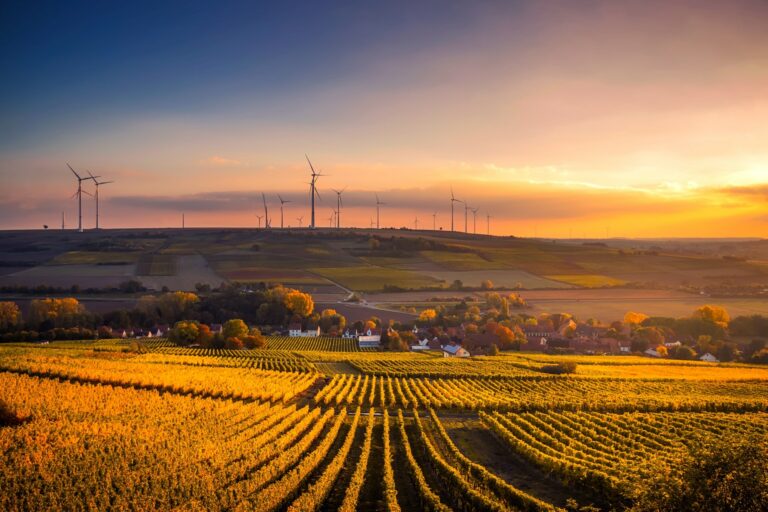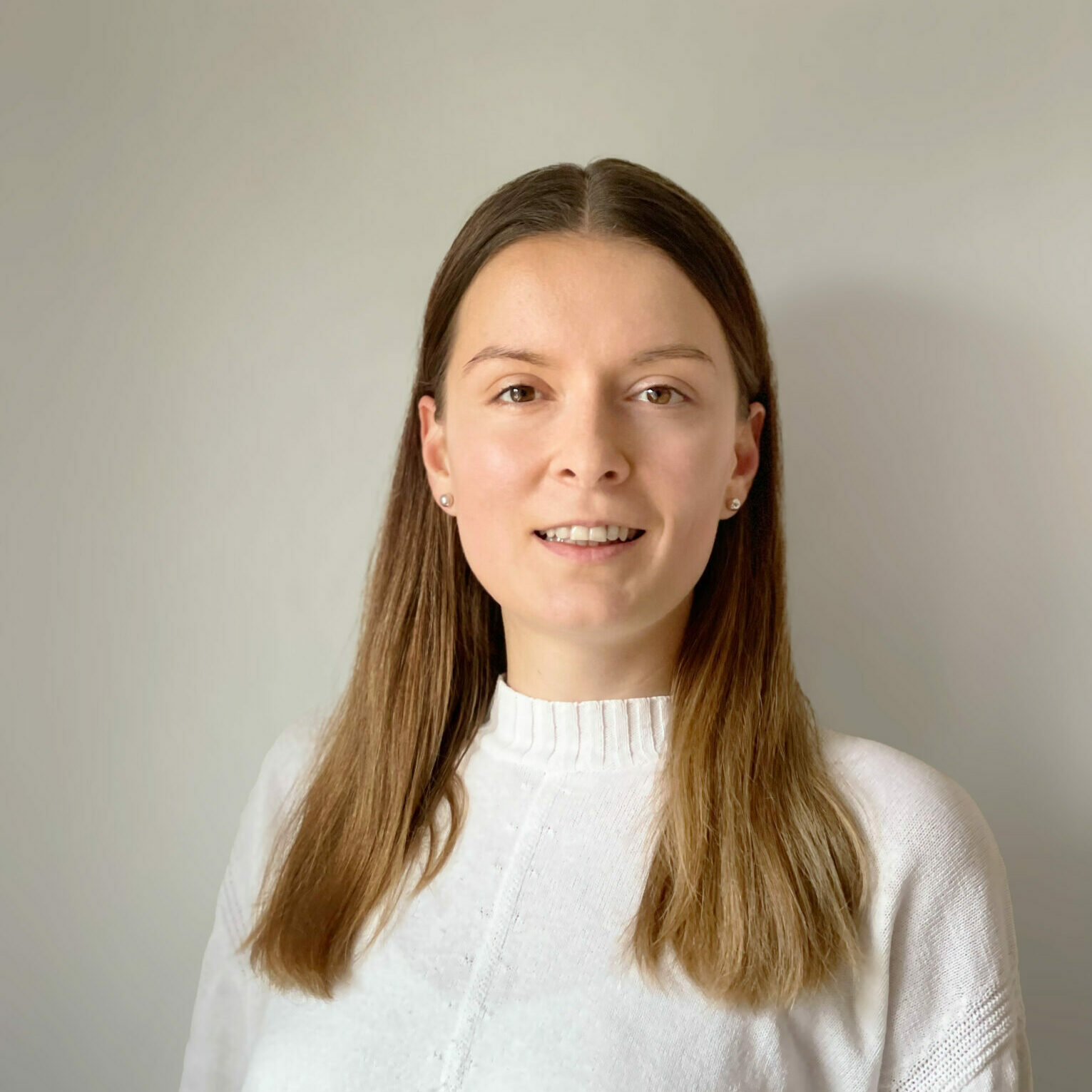How do we design a transition that leaves no one behind? Since April 2020, IKEM and its partners in the ‘Energiewende im Sozialen Raum’ (ESRa) project have analysed differences between regional development potential in Berlin and the district of Spree-Neiße.
After six months of careful work, project participants are preparing their recommendations for publication. Jana Karras, a research associate in IKEM’s Energy Efficiency and Climate Finance Team, gives us a sneak peek.
IKEM’s contribution to the project is an analysis of the legal and financial barriers to the energy transition in Berlin and Spree-Neiße. What made you choose these two locations?
Berlin is a major city with lots of inhabitants, alliances and collaborative relationships, good infrastructure and many different industries. Spree-Neiße is a district in Brandenburg that doesn’t have these advantages to the same extent.
There is evidence of this contrast between big cities and rural areas throughout Germany. We decided on Berlin and Spree-Neiße because we wanted the results of our study to be relevant to as many people as possible.
Is one of these areas better suited to an energy transition?
Big cities are likely to gain from the effects of globalisation and the energy transition – rural areas not so much. Spree-Neiße, for example, faces lock-in-effects, and coal mine closures mean first and foremost lost jobs.
The goal of the project is to assess risks and find solutions before the transition so that we can prevent people from getting frustrated and becoming vulnerable to radicalisation. To do that, we need to find out how we can design the transition to benefit as many sectors as possible.
What legal and financial measures would you recommend?
All measures have advantages and disadvantages, which we need to analyse on-site and on an individual basis. We’ve looked at green bonds, for example, as a tool to finance structural change. In general, we consider them suitable mechanisms, but they’re often not fully compatible with municipal dept brakes. That’s why we’re also analysing ways to maximise green investment within Germany’s existing legal framework.
Land value capture is another option. Vacant buildings like railway stations, storage facilities and power plants can be transformed into cultural centres that boost regional tourism. But for that to succeed, the region will need better infrastructure connecting it to surrounding areas.
Interview by Leonie Tasse, IKEM Communications Team intern.



